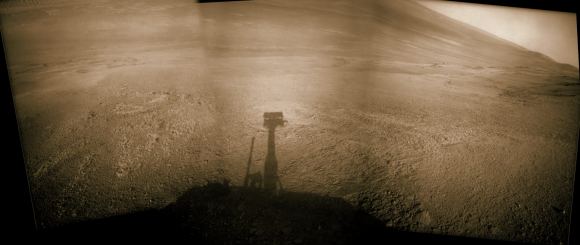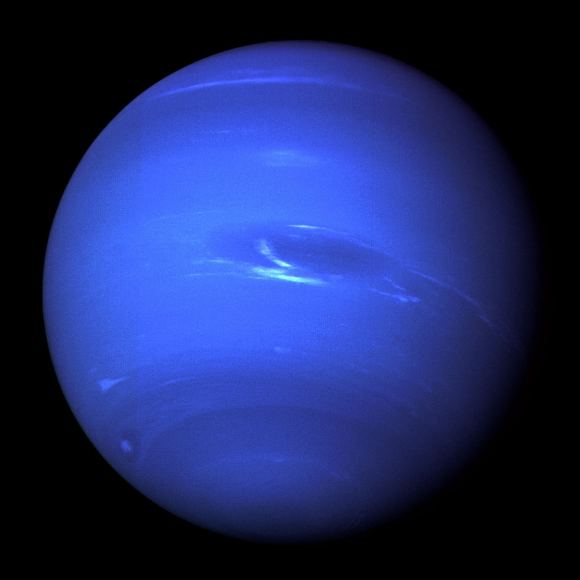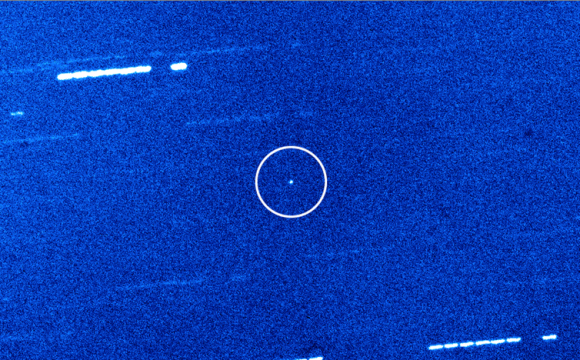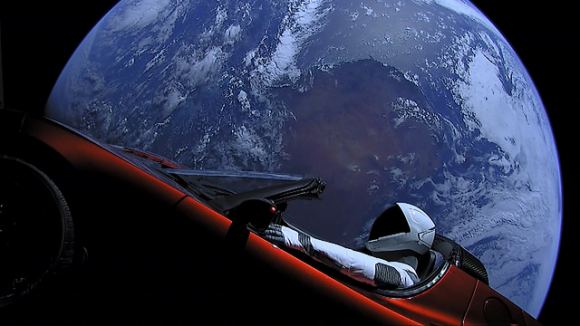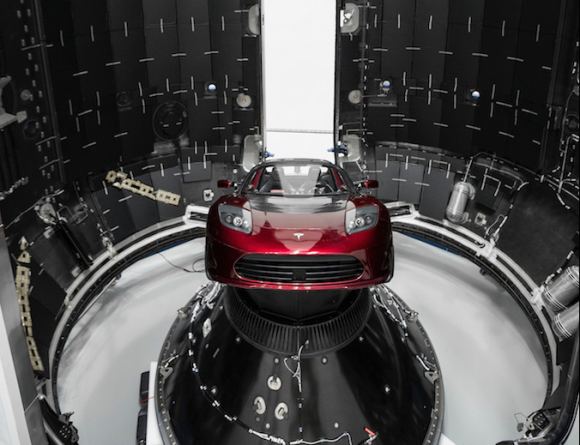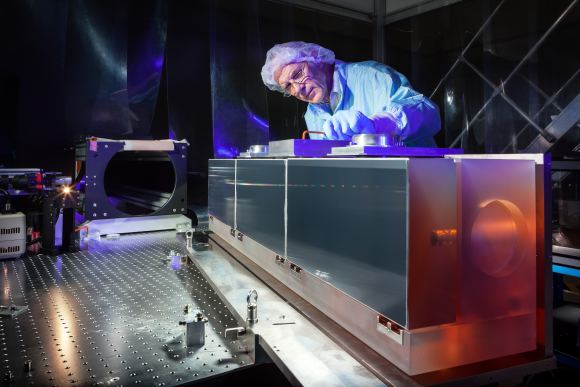Astronomers reveal secrets of most distant supernova ever detected
An international team of astronomers, including Professor Bob Nichol from the University of Portsmouth, has confirmed the discovery of the most distant supernova ever detected – a huge cosmic explosion that took place 10.5 billion years ago, or three-quarters the age of the Universe itself. Powered by WPeMaticoRead More →
